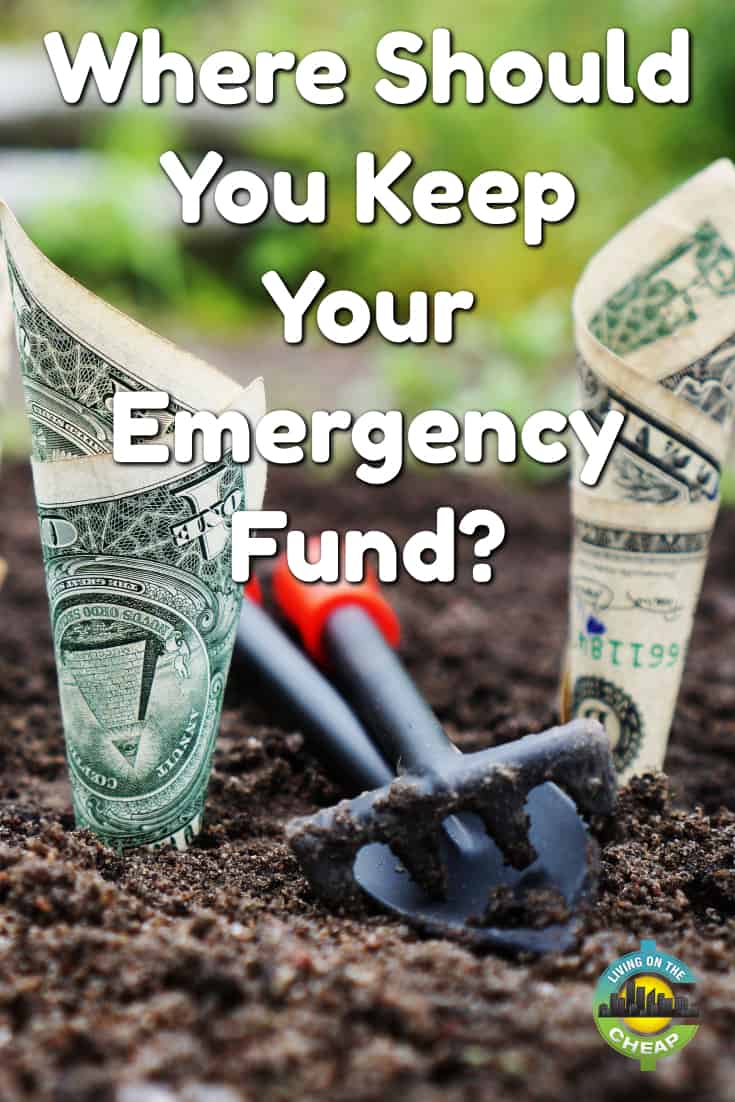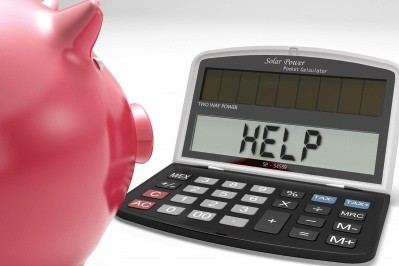When you start paying attention to your finances, one of the first things you’ll want to do is start an emergency fund. The idea behind the emergency fund — which should eventually be enough to pay for three to six months of living expenses — is that you should be able to use it for an unexpected financial setback that would normally strain your budget. Whether you need to pay for a $1,000 car repair or you need to supplement your income after a job loss, your emergency fund can prevent financial ruin.
But where should you keep the money in your emergency fund? Here are some ideas for managing your emergency savings:
High-yield savings account
One of the most popular locations for an emergency fund is the high-yield savings account. While yields aren’t truly that high, the money is liquid and accessible. It’s easy to get to the money in a pinch, and when you’re ready to begin rebuilding your emergency fund, it’s easy to do that as well.
Taxable investment account
Another popular emergency fund option, especially among those in the upper middle class, is the taxable investment account. Rather than keeping the money in a savings account that might not even offer returns that keep up with inflation, you can keep your emergency fund in a taxable account that will grow at a faster pace. You can build up a cache that is available for your use, and when it’s not in use, it’s earning compound interest at a higher rate.
However, when you keep your money in a taxable investment account, you have to be prepared for losses as well. You might see some loss in your portfolio. Of course, if you sell at a loss to fund an emergency, that becomes tax-deductible. One potential down side: If you end up with a large emergency that coincides with a market drop, you may create a large depletion in your account. Another issue is accessibility. To access the money, you have to sell shares, wait for the transaction to settle, and then transfer the money into your bank account. One way to speed this up is to open your account with a brokerage that offers banking services and connect your bank account to your brokerage account.
Roth IRA
I have friends who use the Roth IRA as a short-term emergency fund. The money grows tax-free, and it’s possible to take a 60-day loan from your Roth IRA without incurring a penalty. The catch is that you need to replace the money in your account within that 60 days, or you will be charged a penalty for early withdrawal if you aren’t 59 1/2. I’ve used this method when my taxes have been higher than expected and to help pay for an unexpected cross-country move. However, it’s not a habit to get into, since you don’t want to risk depleting your retirement account.
Credit card
This is one of the worst ways to manage an emergency if you don’t have a backup cash cushion somewhere. Interest rates are high on credit cards, which can compound your financial emergency. Credit can be useful if you need instant liquidity, but you should pay it off as soon as you can. I’ve used a credit card to pay for an appliance replacement, since I didn’t want to wait until I could transfer funds from my emergency fund to my checking account. However, I had the money and was able set up a bill-pay transaction from my savings account to my credit card to pay off the charge.
Using a credit card during emergencies can be a slippery slope that leads to debt if you aren’t careful.
Using the “Bucket System” for emergency savings
One of the things I do is use a bucket system for my emergency savings. I combine multiple strategies, allowing me a little more flexibility in my emergency spending.
I keep about three weeks’ worth of expenses in a high-yield savings account. This is money I can get to quickly if there is a setback that needs to be addressed immediately. However, I don’t like to keep too much in an account that offers such low returns. The bulk of my long-term emergency savings is kept in a taxable investment account. I automatically contribute a set amount to the taxable investment account each month so that it continues to grow. I have enough in the short-term bucket to cover me until I have time to liquidate shares and transfer the money to my checking account.
Finally, I have backup systems. I can tap my Roth IRA if it’s a situation that calls for a large one-time payment, and that I know I can replace by making allowances in my budget over the course of the next 60 days. I also have a personal line of credit connected to my checking account to cover situations in which something goes wrong with my automated finances, or if a client is late paying me and I need to bridge the gap. On the rare occasions the line of credit is used, it is repaid before any interest is charged.
Consider your financial situation, your risk tolerance and your needs, and then determine an emergency savings plan that works well for you.



Thanks for the great ideas.